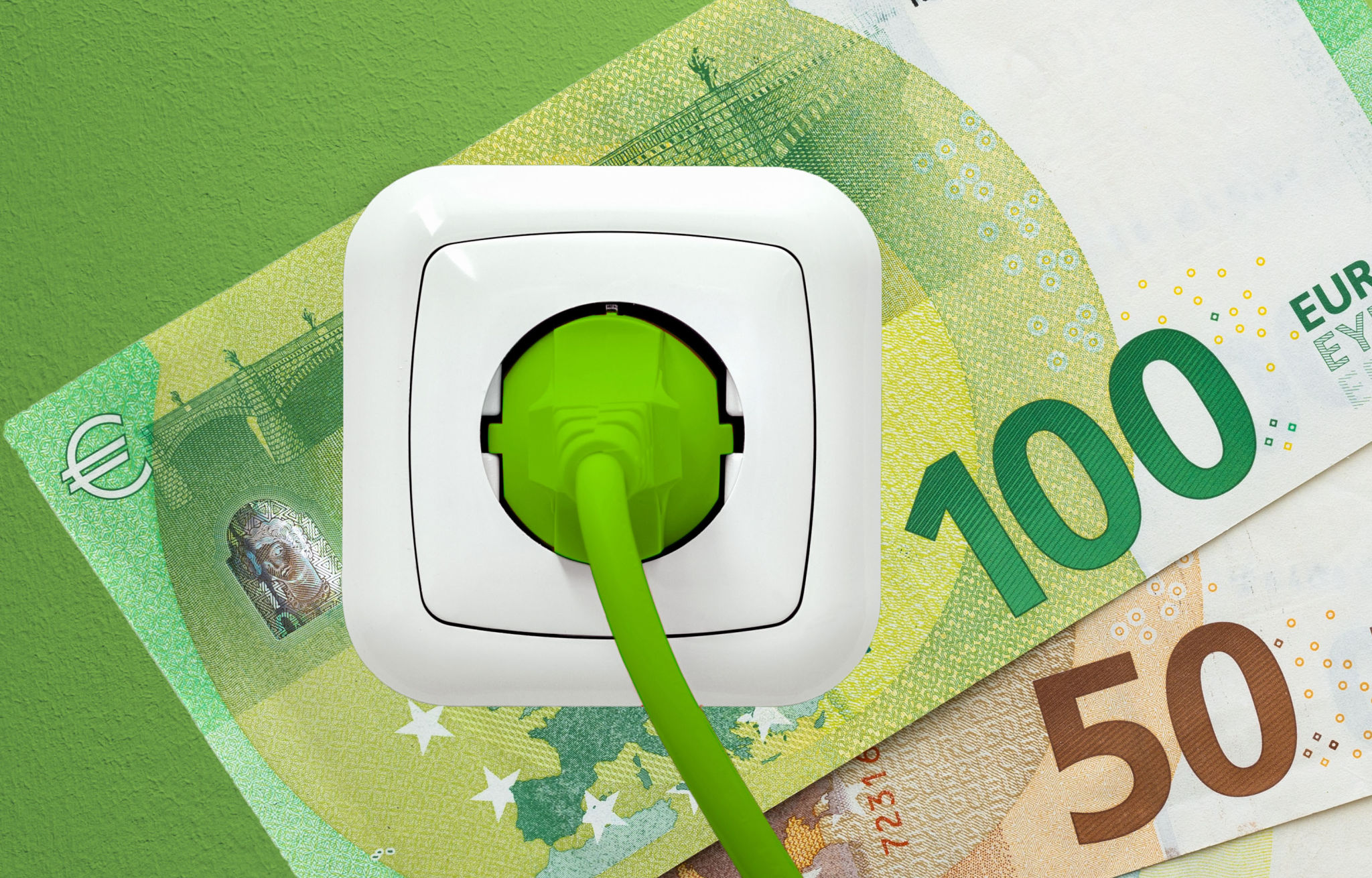Eco-Friendly Cleaning vs. Traditional Methods: What’s Best for Your Home?
Understanding Eco-Friendly Cleaning
Eco-friendly cleaning methods have gained significant popularity in recent years as more people become aware of the environmental and health impacts of traditional cleaning products. These green alternatives often use natural ingredients like vinegar, baking soda, and essential oils, avoiding the harsh chemicals found in many conventional cleaners. Not only are they better for the planet, but they can also be safer for your family and pets.

One of the main benefits of using eco-friendly cleaning products is their reduced environmental footprint. Traditional cleaners can contain chemicals that contribute to air and water pollution, whereas green products are typically biodegradable and non-toxic. This means they break down more easily and are less likely to harm aquatic life or contribute to air quality issues.
The Impact of Traditional Cleaning Methods
Traditional cleaning products have been the go-to choice for many households due to their effectiveness in removing dirt and bacteria. However, this effectiveness often comes at a cost. Many of these products contain harsh chemicals such as bleach and ammonia, which can cause respiratory issues, skin irritation, and other health problems if not used properly.

Furthermore, the production and disposal of traditional cleaning products can have a significant negative impact on the environment. The packaging often consists of non-recyclable materials, and the long-term effects of chemical runoff into our water systems are still being studied. As awareness grows, more people are questioning whether the convenience of these products is worth the potential health and environmental risks.
Comparing Effectiveness
A common concern about eco-friendly cleaners is whether they can match the effectiveness of traditional products. In many cases, natural ingredients can tackle household cleaning tasks just as well as their chemical-laden counterparts. For instance, vinegar is known for its ability to cut through grease, while baking soda is an excellent abrasive for scrubbing surfaces.
However, it's important to note that some tasks may still require stronger solutions, particularly in areas with tough stains or mold. In these instances, combining eco-friendly solutions with occasional use of more potent cleaners might be the best approach.
Cost Considerations
The cost of eco-friendly cleaning products can sometimes be higher than traditional options, but this is not always the case. Many natural ingredients like vinegar and baking soda are inexpensive and can be purchased in bulk. Additionally, making your own cleaning solutions at home can further reduce costs while giving you control over what goes into your products.

Moreover, the long-term health benefits and the positive impact on the environment can offset any initial cost differences. Investing in green cleaning products can lead to fewer health-related expenses and contribute to a healthier planet for future generations.
Making the Switch: Tips and Tricks
If you're considering transitioning to eco-friendly cleaning methods, start by gradually replacing your current products as they run out. This approach allows you to test which green alternatives work best for your home without feeling overwhelmed by a complete overhaul.
- Research different brands to find reputable eco-friendly options.
- Experiment with DIY recipes using natural ingredients.
- Read product labels carefully to ensure they meet your environmental standards.
Ultimately, the choice between eco-friendly and traditional cleaning methods depends on your priorities. By weighing the pros and cons of each approach, you can make an informed decision that aligns with your values and lifestyle preferences.